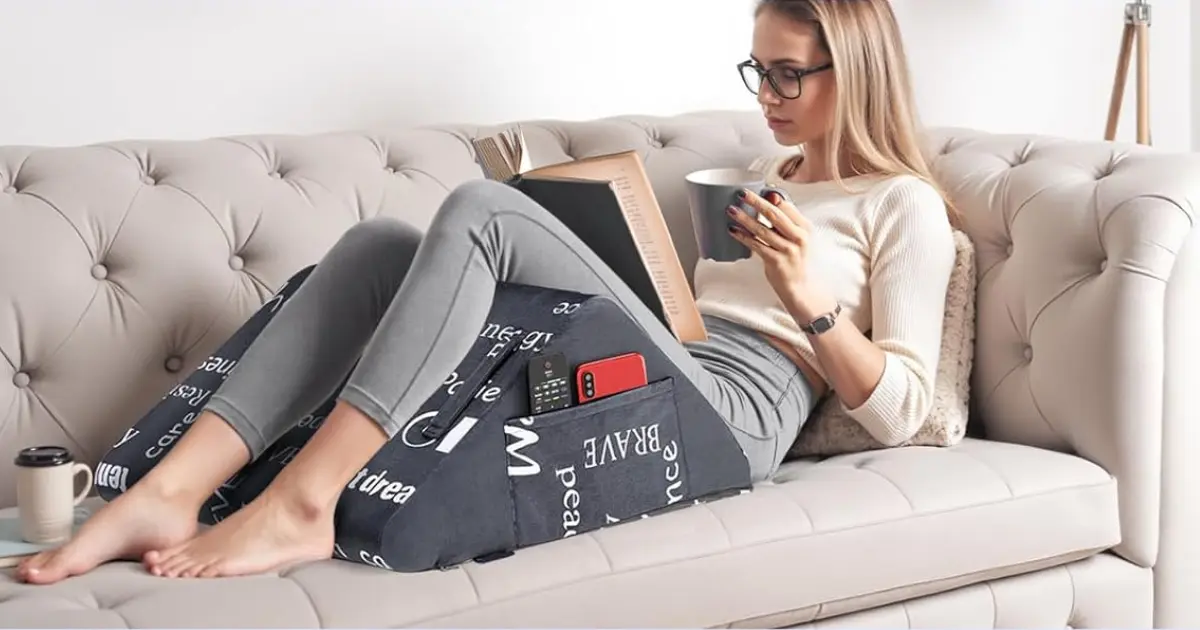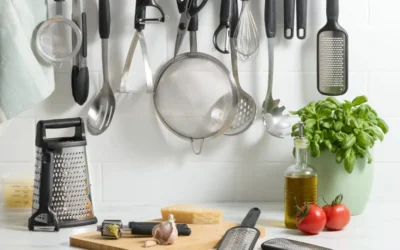Varicose veins can cause discomfort, swelling, and fatigue, making daily activities more challenging. However, with simple home adjustments, you can reduce strain on your legs, promote better circulation, and alleviate discomfort. Many individuals seek information on varicose vein treatment to improve their quality of life. This guide provides practical tips on how to organize your home to support leg health and improve overall well-being.
Table of Contents
-
- Kitchen Adjustments for Leg Comfort
- Comfortable Living Room Setup
- Bedroom Adjustments for Better Circulation
- Bathroom Modifications for Standing Comfort
- Home Office Ergonomics for Leg Health
- General Movement and Lifestyle Tips
1. Kitchen Adjustments for Leg Comfort
Standing for long periods while cooking, washing dishes, or performing kitchen tasks can aggravate varicose vein symptoms. To minimize discomfort, consider these modifications:
Use an Anti-Fatigue Mat
- Place an ergonomic anti-fatigue mat in front of the sink, stove, or counter where you stand the most. This helps reduce pressure on your legs and improves circulation.
- Opt for a mat with good cushioning and non-slip backing for added safety.
Take Frequent Breaks and Shift Weight
- Avoid standing in one place for long periods. Shift your weight from one foot to the other or take short seated breaks while preparing meals.
- Use a high stool with back support for tasks like chopping vegetables or stirring ingredients.
Keep Essential Items at an Accessible Height
- Store frequently used items within arm’s reach to reduce unnecessary bending or stretching.
- Avoid placing heavy cookware in low cabinets to minimize strain on your legs.
2. Comfortable Living Room Setup
Sitting for extended periods can also contribute to poor circulation and worsen varicose vein symptoms. Here’s how to set up your living space for comfort and relief:
Elevate Your Legs While Watching TV
- Use a footrest or ottoman to keep your legs elevated when sitting on the sofa. Elevating your legs above heart level helps reduce swelling and discomfort.
- If using a recliner, ensure that your feet are fully supported rather than dangling.
Maintain Proper Seating Support
- Choose a chair or sofa with good lumbar support to promote better posture and reduce leg strain.
- Avoid sitting cross-legged, as this can restrict blood flow.
Encourage Movement
- Set a reminder to get up and move around every 30 minutes to improve circulation.
- Perform simple seated leg exercises, such as ankle rotations or flexing and pointing your toes.
3. Bedroom Adjustments for Better Circulation
A restful sleep environment is essential for managing varicose veins. Making a few adjustments can significantly improve leg comfort:
Elevate Your Legs While Sleeping
- Place a pillow under your legs to keep them slightly elevated and encourage blood flow back to the heart.
- Consider using an adjustable bed frame or a wedge pillow for added support.
Choose the Right Mattress and Bedding
- A medium-firm mattress provides better spinal alignment and leg support.
- Use breathable sheets and blankets to maintain good circulation and prevent overheating.
4. Bathroom Modifications for Standing Comfort
Certain bathroom activities, such as bathing and grooming, can stress the legs. Here’s how to create a more comfortable setup:
Use a Padded Mat for Standing Activities
- Place an anti-fatigue mat in front of the sink or mirror where you stand while brushing your teeth or shaving.
- Opt for a waterproof mat with non-slip backing for safety.
Sit While Grooming
- Use a small stool or bench while applying skincare, drying your hair, or performing other grooming routines.
- Avoid prolonged standing on hard surfaces, as this increases leg discomfort.
5. Home Office Ergonomics for Leg Health
If you work from home or spend long hours sitting at a desk, proper ergonomics can make a big difference in managing varicose vein symptoms.
Keep Your Feet Elevated
- Use a footrest to elevate your legs slightly while sitting at your desk.
- Avoid letting your legs dangle, as this can restrict blood circulation.
Use an Adjustable Desk and Chair
- Adjust your chair height so your feet rest flat on the ground or on a footrest.
- Consider using a sit-stand desk to alternate between sitting and standing throughout the day.
6. General Movement and Lifestyle Tips
Simple daily habits can prevent discomfort and improve circulation, complementing the home adjustments mentioned above. If lifestyle adjustments are not enough, some individuals consider varicose vein treatment, which ranges from compression therapy to varicose vein surgery.
Wear Compression Socks
- If your doctor recommends, wear compression socks to support blood circulation and reduce swelling.
Stay Hydrated and Eat a Healthy Diet
- Drink plenty of water and consume foods rich in fiber and antioxidants to promote vein health.
Engage in Regular Low-Impact Exercise
- Activities like walking, swimming, or yoga can help improve circulation and reduce varicose vein symptoms.
- Avoid prolonged sitting or standing whenever possible.
Final Thoughts
By making small yet effective changes to your home environment, you can manage the discomfort of varicose veins and support overall leg health. From using anti-fatigue mats to elevating your legs while sitting, these simple adjustments can lead to long-term relief and comfort. If home adjustments aren’t enough, consulting a specialist about varicose vein treatment or even varicose vein surgery may be beneficial.




0 Comments